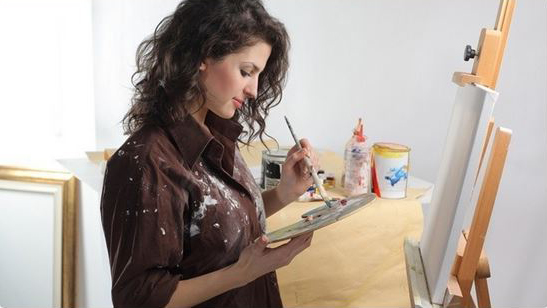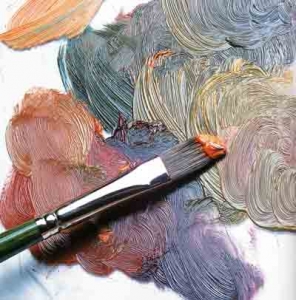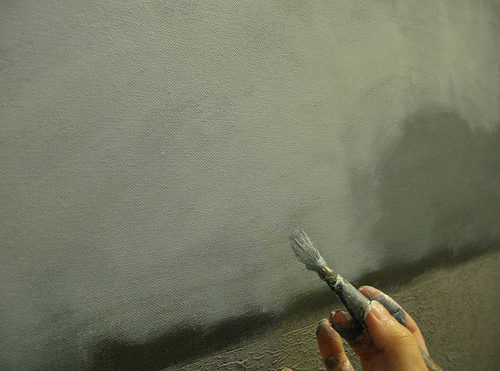Which is better – Acrylic Paint or Oil Paint?

Acrylic Paint or Oil Paint?
Trying to decide which type of paint to use to paint your next art masterpiece? Should you go with the tried and true oil paints, or should you try the newer medium of acrylic paint? Each of these types of paints has their pros and cons which you should investigate so that you can choose the medium that suits your painting style. You are the artist, you make the call.
Oil paint, the traditional medium, is basically powder pigments mixed with clear linseed oil. This paint is slow drying and for that reason is perfectly suited for blending colors together smoothly with plenty of time to contemplate the painting’s progress and still have time to edit and adjust the image before the paint dries.
Another plus of oil paint is the luminous quality of the paint which is achieved from the linseed oil medium which allows light to pass through the paint and bounce thereby illuminating the paint on the surface. Additionally, oil paint has been proven to be the most permanent medium for fine art painting. Most paintings on canvas and wood were made with oil paint from early Renaissance times until the 1960’s when acrylic paints were introduced.

Acrylic paint is only about fifty years old, and is the new kid on the block. This paint is made from powdered pigments and a liquid acrylic plastic medium. Unlike oil paint, acrylic dries fairly quickly and you will need to plan ahead and move quickly if you want to do much modeling or blending of colors with this type of artists paint. However, the quick drying quality of acrylic paint can be an advantage if you paint in layers or paint in such a way that does not require the blending or colors. You don’t have to wait for several days for paint to dry before you paint something on top of a previous layer with acrylic. If you want to mix several mediums together, like acrylic drawing paper and found objects, then acrylics are the perfect type of paint for the job.
There are also a wide variety of specialty paints and mediums that can be used with acrylics such as modeling paste for texture, gloss and matte mediums for thinning and mixing, iridescent and fluorescent paint, and many other special effect mediums and additives that could broaden the range of your creative artistic expression.
Some artists begin their paintings with acrylic paint and when that dries, they finish the artwork with oil paint. Hopefully, this will give you enough basic information to make an informed choice about what type of painting medium is most suited to your type of artistic expression.
![]() To Your Creative Success,
To Your Creative Success,
Natalie Richy and Vladimir London
Web Art Academy Founders





This Post Has 0 Comments